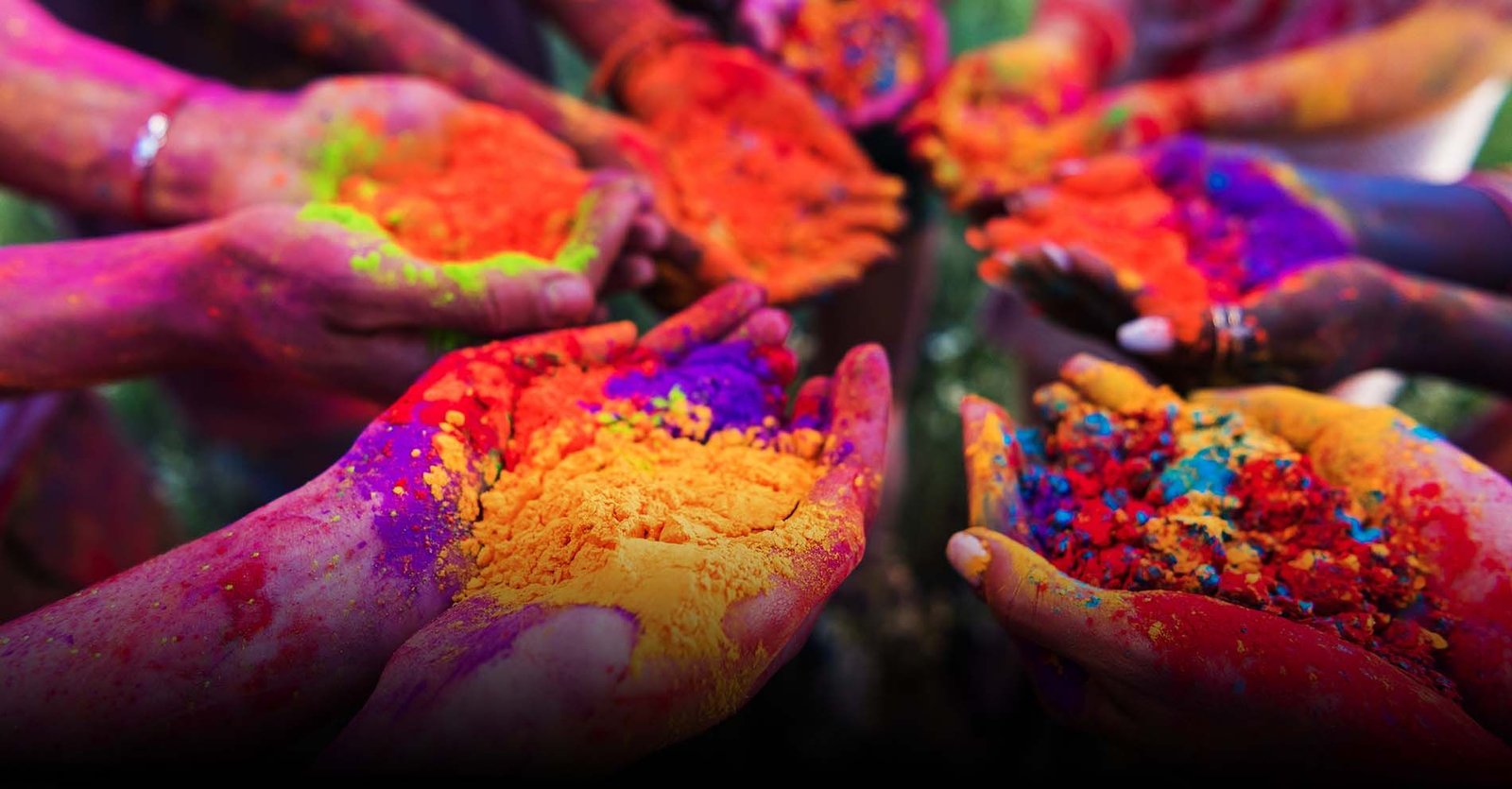Holi is an ancient Indian religious festival that has also become popular outside of India. In addition to India and Nepal, the festival is celebrated by the Indian subcontinent diaspora in countries such as Suriname, Guyana, Trinidad and Tobago, Jamaica, South Africa, Mauritius, Fiji, Malaysia, Singapore, the United Kingdom, the United States, the Netherlands, Canada, Australia, and New Zealand. In recent years, the festival has spread to parts of Europe and North America as a spring celebration of love, frolic, and colours. It also has a religious purpose, symbolically signified by the legend of Holika. The night before Holi, bonfires are lit in a ceremony known as Holika Dahan (burning of Holika) or Little Holi People gather near fires, sing and dance. The next day, Holi, also known as Dhuli in Sanskrit, or Dhulheti, Dhulandi or Dhulendi, is celebrated.
Impact on Health
A 2007 study found that malachite green, a synthetic bluish-green dye used in some colours during the Holi festival, was responsible for severe eye irritation in Delhi if eyes were not washed upon exposure. Though the study found that the pigment did not penetrate through the cornea, malachite green is of concern and needs further study. Another 2009 study reports that some colours produced and sold in India contain metal-based industrial dyes, causing an increase in skin problems to some people in the days following Holi. These colours are produced in India, particularly by small informal businesses, without any quality checks and are sold freely in the market. The colours are sold without labelling, and the consumer lacks information about the source of the colours, their contents, and possible toxic effects. In recent years, several non-governmental organisations have started campaigning for safe practices related to the use of colours. Some are producing and marketing ranges of safer colours derived from natural sources such as vegetables and flowers. These reports have galvanised a number of groups into promoting more natural celebrations of Holi. Development Alternatives, Delhi's CLEAN India campaign, Kalpavriksh Environment Action Group, Pune, Society for Child Development through its Avacayam Cooperative Campaign have launched campaigns to help children learn to make their own colours for Holi from safer, natural ingredients. Meanwhile, some commercial companies such as the National Botanical Research Institute have begun to market "herbal" dyes, though these are substantially more expensive than the dangerous alternatives. However, it may be noted that many parts of rural India have always resorted to natural colours (and other parts of festivities more than colours) due to availability. In urban areas, some people wear nose masks and sunglasses to avoid inhaling pigments and to prevent chemical exposure to the eyes.

